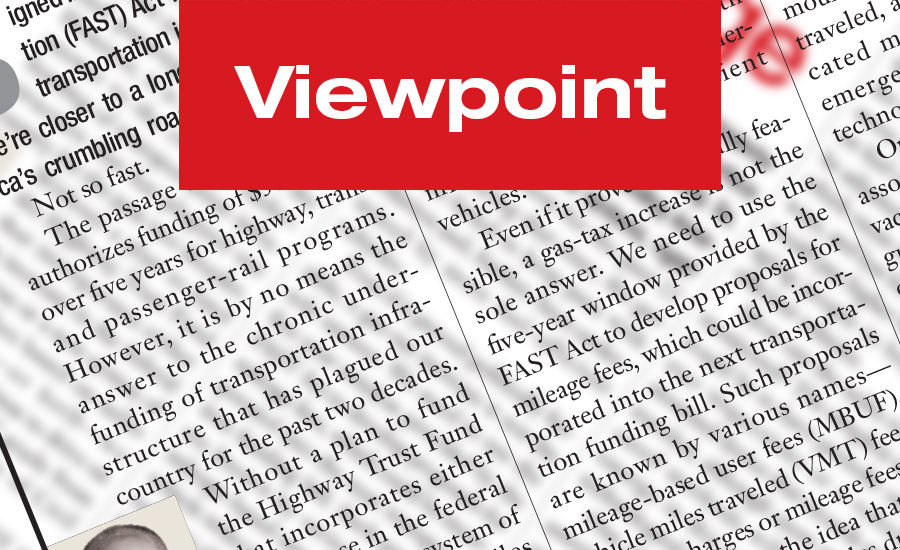 |
| Thomas C. Schleifer, PhD |
Project failures don’t just happen. Failed projects are deliberately sought out and pursued by overeager contractors. An example of the type of thinking you run into is the response that a building contractor gave when asked why he did not pursue highway jobs: “Because I have no experience in bridges. I don’t get opportunities to bid on that type of work,” he said. When asked whether he would oblige if a customer wanted him to build one, he replied, “Certainly.” Another contractor, when asked why he had attempted to build a river crossing that eventually drove him out of business, said he had wanted to expand into bridges.
Then there are these responses from a homebuilder. Asked why he did not pursue commercial construction, the homebuilder replied, “I have no opportunities in that type of work because I have never done it.” But when asked whether he would submit a proposal for such a project if he were invited, he said, “Of course.”
Many construction professionals believe they can design or build anything. The pertinent question is, can we build or design it at a profit? Construction isn’t that hard. Construction at a profit is.
My research has shown that projects within a firm’s experience tend to be successful, while projects even a little outside that experience have serious risks. But if experience is critical to success, how does a contractor get it?
This is a paradox of industrial proportion. There are undoubtedly more detailed answers, but my favorite is, “Carefully.” The potential for risk in such cases is high and must be a driving factor in decisions of this nature. One approach would be to take only risks that the company can afford. Another would be to solicit input internally and externally and then tread cautiously.
There is much to be said about managing or controlling losses. However, the end result of research on the subject suggests it is much easier to prevent losses than to manage them. The primary cause of hundreds of contractor failures stemmed from losses on projects the firm never should have undertaken because it had little or no successful prior experience with similar work. Many failures were on projects with which the contractor was not remotely experienced. But others involved disasters that developed on projects slightly different than their prior experience.
Project Selection Tool
The bad news is that those firms are no longer in business. But accounts of their struggles on thousands of projects provided my research team with a solution. It gave us a measure of the importance of experience, broken down by categories. And that research, in turn, allowed us to develop an easy-to-use Project Selection Program, which we are offering free to the industry.
The potential success of a project for a particular firm depends exclusively on the quality and quantity of the organization’s experience with similar work. In creating the program, we classified the experience factors and statistically weighted them based on the historical frequency and severity of their occurrence. The primary aspects that affect anticipated performance (risk) are project size, type and location. Other key factors include the project team, owner and unusual features, such as shape and the availability of space to work. From these weighted measures, we produced a numeric scale of potential risk.
Among the issues we considered in choosing and weighting the risks are labor, skill levels, subcontractor quality and availability, estimating and owner expectations. Because experience is accumulated institutionally but captured individually, the number of members on a project team with direct experience in a project type affects the likelihood of achieving estimated or improved performance. Unusual design elements, such as curved or angled walls, are risk triggers.
The new Project Selection Program provides an accurate measurement of project selection risk based on what is known and unknown about a potential job at a given point in time and how well that work matches the firm’s experience. Contractors, subcontractors, owners and designers can download the tool at www.SimplarInstitute.com/ProjectSelectionProgram. We hope the tool will help firms to ensure they will perform only profitable work during 2017 and the years ahead.
If you have an idea for a column, please contact Viewpoint Editor Richard Korman at richard.korman@enr.com.




